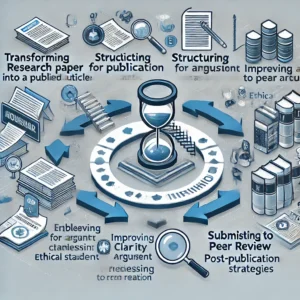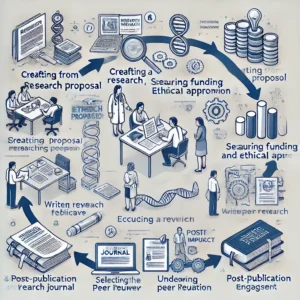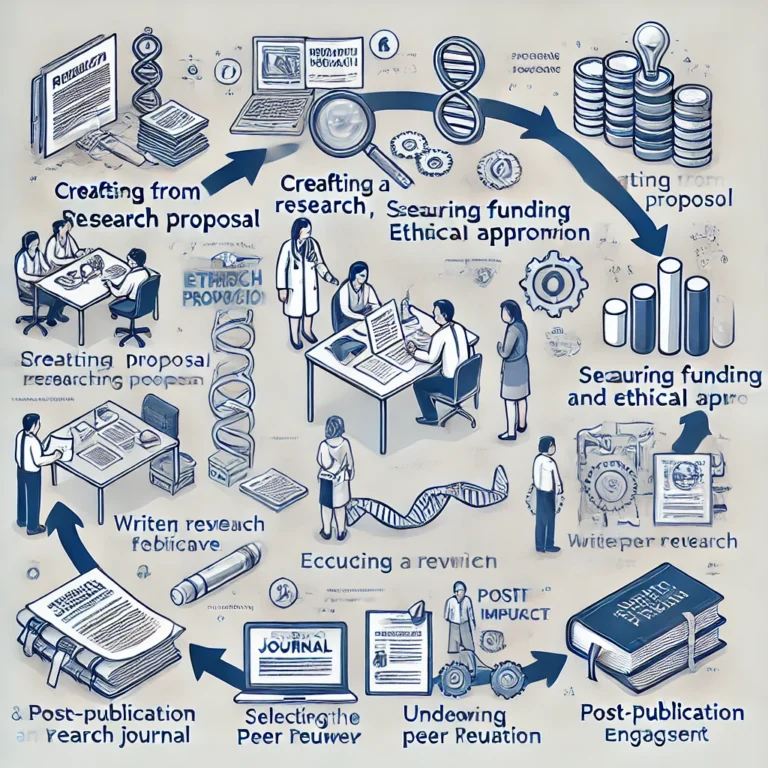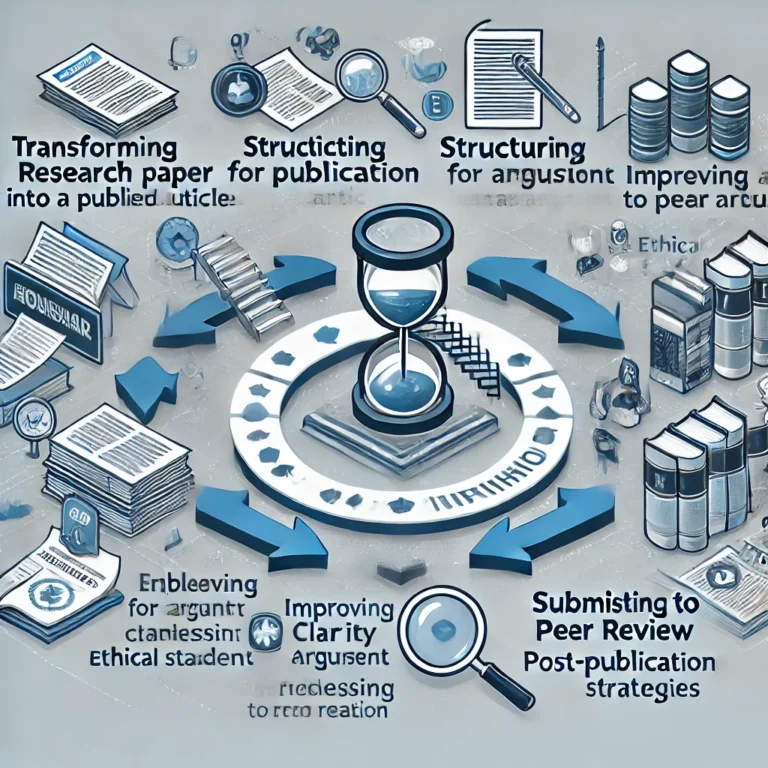Writing a thesis is a significant academic milestone that requires careful planning, research, and execution. Whether you are pursuing a master’s or doctoral degree, following a structured approach can help you efficiently navigate the thesis writing process. This guide outlines essential steps to mastering thesis writing.
Step 1: Choosing a Research Topic
Selecting the right topic is crucial to the success of your thesis. Consider the following factors:
- Relevance to your field of study
- Availability of research materials
- Feasibility within the given timeframe
- Personal interest and expertise
Step 2: Conducting a Literature Review
A thorough literature review helps you understand existing research, identify gaps, and refine your research question. Key steps include:
- Reviewing scholarly articles, books, and conference papers
- Organizing sources using citation management tools like Zotero or EndNote
- Identifying key theories and methodologies in your field
Step 3: Developing a Research Proposal
Your research proposal serves as a blueprint for your thesis. It should include:
- A clear research question or hypothesis
- A brief literature review
- The proposed research methodology
- Expected contributions to the field
Step 4: Designing the Research Methodology
Choosing the right research design ensures the credibility of your findings. Consider:
- Qualitative, quantitative, or mixed-method approaches
- Data collection methods (surveys, experiments, interviews, etc.)
- Ethical considerations and obtaining necessary approvals
Step 5: Data Collection and Analysis
Gathering and analyzing data systematically strengthens your thesis. Follow these guidelines:
- Use reliable data collection tools
- Organize and clean data for accuracy
- Apply appropriate statistical or thematic analysis techniques
Step 6: Structuring Your Thesis
A well-organized thesis follows a logical flow. A standard structure includes:
- Title Page: Includes the thesis title, author name, institution, and date.
- Abstract: A concise summary of your research.
- Introduction: States the research problem, objectives, and significance.
- Literature Review: Discusses previous studies and theoretical frameworks.
- Methodology: Describes research design and data collection methods.
- Results: Presents key findings with supporting evidence.
- Discussion: Interprets findings and compares them with existing research.
- Conclusion and Recommendations: Summarizes key insights and suggests future research.
- References: Lists all cited sources in an appropriate format.
- Appendices: Includes supplementary materials like questionnaires and raw data.
Step 7: Writing and Refining the Thesis
To enhance clarity and coherence, follow these best practices:
- Write in a clear, formal, and precise academic style
- Use consistent formatting and citation styles (APA, MLA, Chicago, etc.)
- Seek feedback from your advisor and peers
- Revise multiple drafts to ensure logical flow and accuracy
Step 8: Proofreading and Editing
Editing and proofreading are essential for a polished final document. Focus on:
- Grammar, spelling, and punctuation errors
- Clarity and readability of content
- Proper citation and referencing
- Formatting consistency as per university guidelines
Step 9: Submitting and Defending Your Thesis
Before submission, ensure compliance with institutional requirements. The thesis defense process typically involves:
- Presenting key findings before a committee
- Answering critical questions and defending methodology
- Incorporating feedback for final revisions
Final Thoughts
Mastering thesis writing requires dedication, discipline, and attention to detail. By following these structured steps, you can effectively develop a high-quality thesis that contributes to your field of study. Remember, seeking guidance from advisors and utilizing academic resources can further enhance your research journey.











